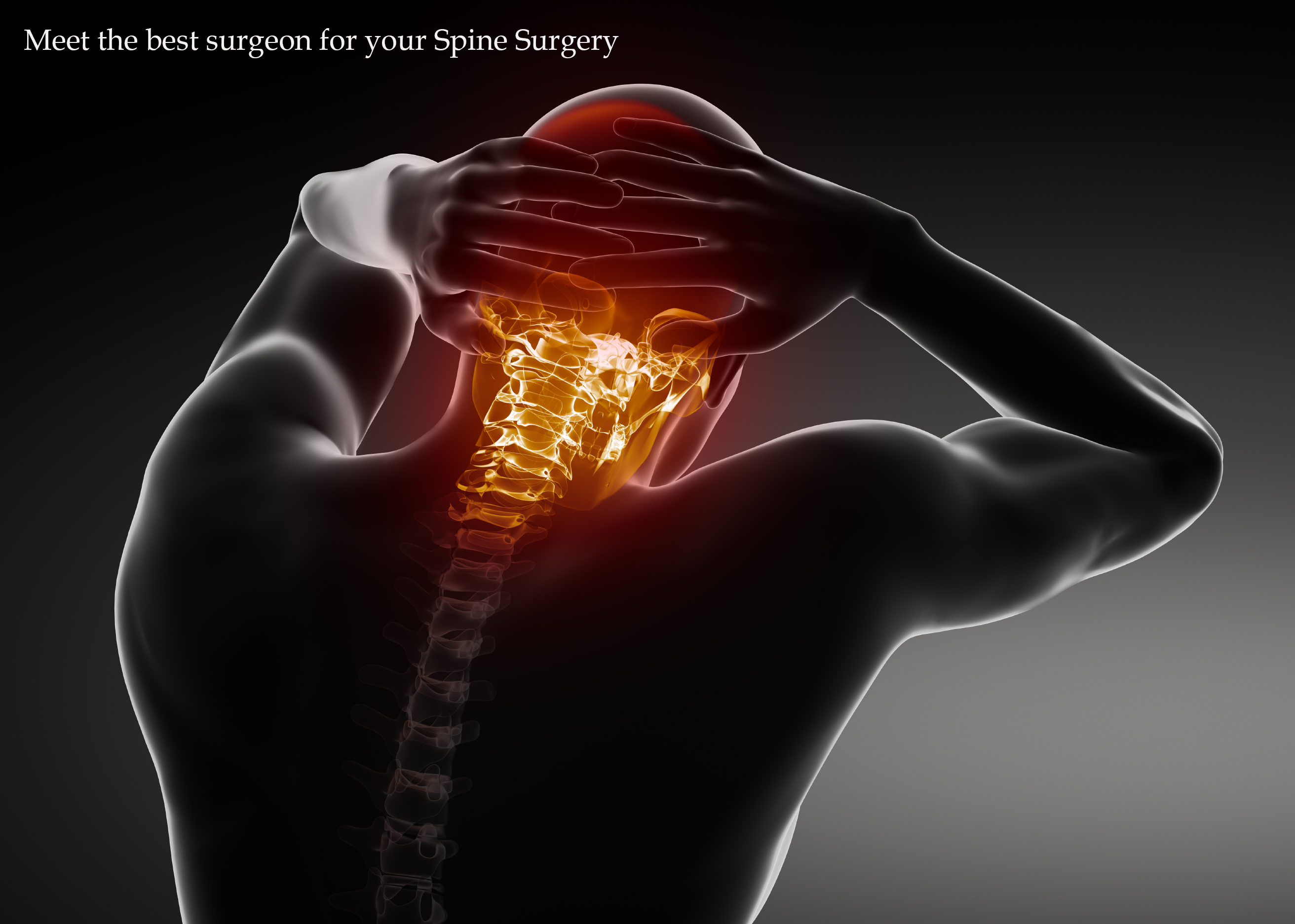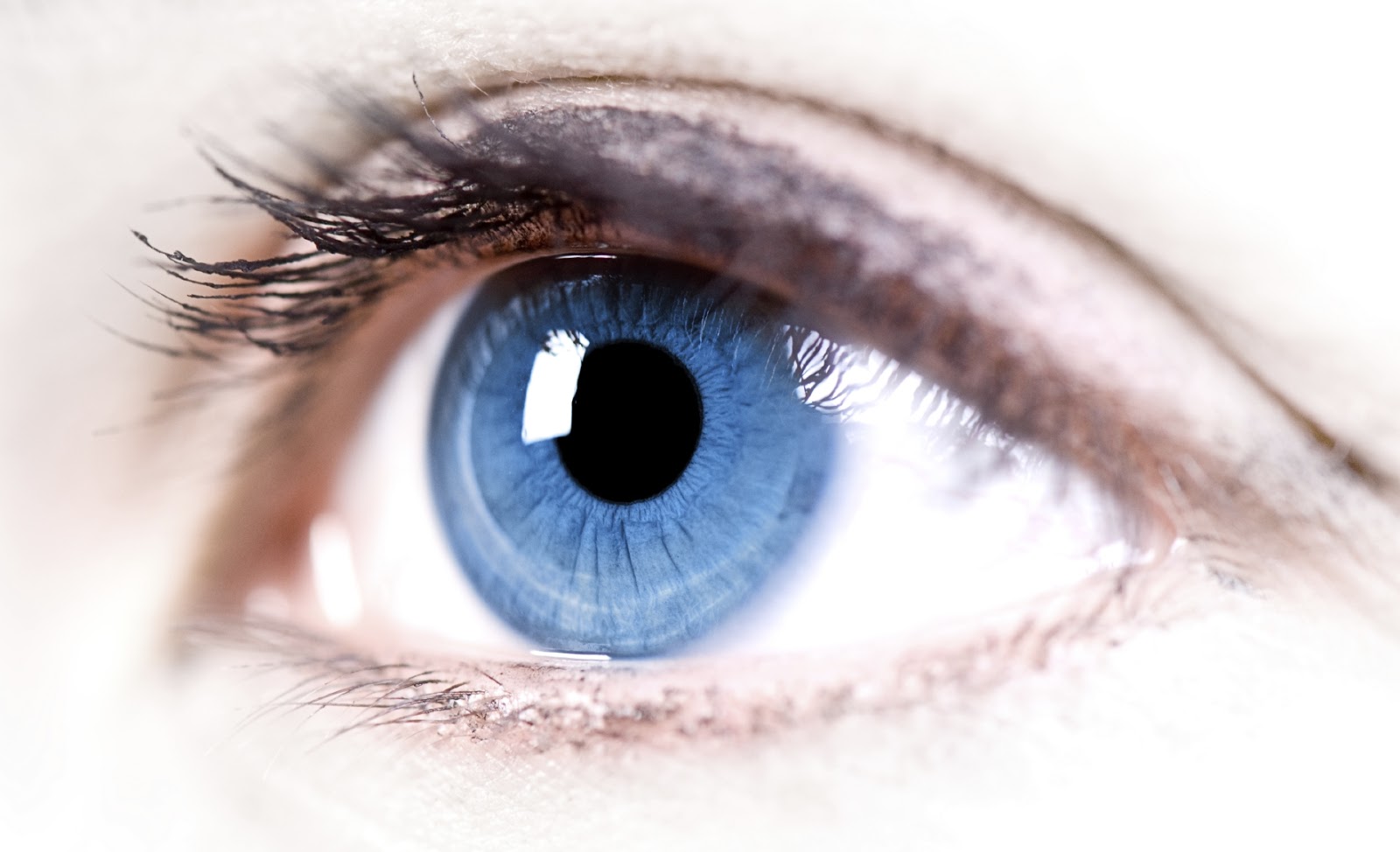Treatment and Diagnosis:
Types of Hodgkin Lymphoma:
If you have swollen lymph nodes or another symptom that suggests Hodgkin lymphoma, your doctor will try to find out what’s causing the problem. Your doctor may ask about your personal and family medical history.
You may have some of the following exams and tests:
Physical exam: Your doctor checks for swollen lymph nodes in your neck, underarms, and groin. Your doctor also checks for a swollen spleen or liver.
Blood tests: The lab does a complete blood count to check the number of white blood cells and other cells and substances.
Chest x-rays: X-ray pictures may show swollen lymph nodes or other signs of disease in your chest.
Biopsy:A biopsy is the only sure way to diagnose Hodgkin lymphoma. Your doctor may remove an entire lymph node (excisional biopsy) or only part of a lymph node (incisional biopsy). A thin needle (fine needle aspiration) usually cannot remove a large enough sample for the pathologist to diagnose Hodgkin lymphoma. Removing an entire lymph node is best.
The pathologist uses a microscope to check the tissue for Hodgkin lymphoma cells. A person with Hodgkin lymphoma usually has large, abnormal cells known as Reed-Sternberg cells. They are not found in people with non-Hodgkin lymphoma. See the photo of a Reed-Sternberg cell.
You may want to ask your doctor these questions before having a biopsy:
How will the biopsy be done?
Will I have to stay in the hospital?
Will I have to do anything to prepare for it?
How long will it take? Will I be awake? Will it hurt?
Are there any risks? What are the chances of swelling, infection, or bleeding after the procedure?
How long will it take me to recover?
How soon will I know the results? Who will explain them to me?
If I do have cancer, who will talk to me about next steps? When?
Types of Hodgkin Lymphoma
When Hodgkin lymphoma is found, the pathologist reports the type. There are two major types of Hodgkin lymphoma:
Classical Hodgkin lymphoma: Most people with Hodgkin lymphoma have the classical type. The Reed-Sternberg cell looks like the photo.
Nodular lymphocyte-predominant Hodgkin lymphoma: This is a rare type of Hodgkin lymphoma. The abnormal cell is called a popcorn cell. It may be treated differently from the classical type.
Staging
Your doctor needs to know the extent (stage) of Hodgkin lymphoma to plan the best treatment. Staging is a careful attempt to find out what parts of the body are affected by the disease.
Hodgkin lymphoma tends to spread from one group of lymph nodes to the next group. For example, Hodgkin lymphoma that starts in the lymph nodes in the neck may spread first to the lymph nodes above the collarbones, and then to the lymph nodes under the arms and within the chest.
In time, the Hodgkin lymphoma cells can invade blood vessels and spread to almost any other part of the body. For example, it can spread to the liver, lungs, bone, and bone marrow.
Staging may involve one or more of the following tests:
CT scan: An x-ray machine linked to a computer takes a series of detailed pictures of your chest, abdomen, and pelvis. You may receive an injection of contrast material. Also, you may be asked to drink another type of contrast material. The contrast material makes it easier for the doctor to see swollen lymph nodes and other abnormal areas on the x-ray.
MRI: A powerful magnet linked to a computer is used to make detailed pictures of your bones, brain, or other tissues. Your doctor can view these pictures on a monitor and can print them on film.
PET scan: You receive an injection of a small amount of radioactive sugar. A machine makes computerized pictures of the sugar being used by cells in your body. Lymphoma cells use sugar faster than normal cells, and areas with lymphoma look brighter on the pictures.
Bone marrow biopsy: The doctor uses a thick needle to remove a small sample of bone and bone marrow from your hipbone or another large bone. Local anesthesia can help control pain. A pathologist looks for Hodgkin lymphoma cells in the sample.
Other staging procedures may include biopsies of other lymph nodes, the liver, or other tissue.
The doctor considers the following to determine the stage of Hodgkin lymphoma:
The number of lymph nodes that have Hodgkin lymphoma cells
Whether these lymph nodes are on one or both sides of the diaphragm (see picture)
Whether the disease has spread to the bone marrow, spleen, liver, or lung.
The stages of Hodgkin lymphoma are as follows:
Stage I: The lymphoma cells are in one lymph node group (such as in the neck or underarm). Or, if the lymphoma cells are not in the lymph nodes, they are in only one part of a tissue or an organ (such as the lung).
Stage II: The lymphoma cells are in at least two lymph node groups on the same side of (either above or below) the diaphragm. Or, the lymphoma cells are in one part of a tissue or an organ and the lymph nodes near that organ (on the same side of the diaphragm). There may be lymphoma cells in other lymph node groups on the same side of the diaphragm.
Stage III: The lymphoma cells are in lymph nodes above and below the diaphragm. Lymphoma also may be found in one part of a tissue or an organ (such as the liver, lung, or bone) near these lymph node groups. It may also be found in the spleen.
Stage IV: Lymphoma cells are found in several parts of one or more organs or tissues. Or, the lymphoma is in an organ (such as the liver, lung, or bone) and in distant lymph nodes.
Recurrent: The disease returns after treatment.
In addition to these stage numbers, your doctor may also describe the stage as A or B:
A: You have not had weight loss, drenching night sweats, or fevers.
B: You have had weight loss, drenching night sweats, or fevers.
Treatment
Chemotherapy
Radiation Therapy
Stem Cell Transplantation
Your doctor can describe your treatment choices and the expected results. You and your doctor can work together to develop a treatment plan that meets your needs.
Your doctor may refer you to a specialist, or you may ask for a referral. Specialists who treat Hodgkin lymphoma include hematologists, medical oncologists, and radiation oncologists . Your doctor may suggest that you choose an oncologist who specializes in the treatment of Hodgkin lymphoma. Often, such doctors are associated with major academic centers. Your health care team may also include an oncology nurse and a registered dietitian.
The choice of treatment depends mainly on the following:
The type of your Hodgkin lymphoma (most people have classical Hodgkin lymphoma)
Its stage (where the lymphoma is found)
Whether you have a tumor that is more than 4 inches (10 centimeters) wide
Your age
Whether you’ve had weight loss, drenching night sweats, or fevers.
People with Hodgkin lymphoma may be treated with chemotherapy, radiation therapy, or both.
If Hodgkin lymphoma comes back after treatment, doctors call this a relapse or recurrence. People with Hodgkin lymphoma that comes back after treatment may receive high doses of chemotherapy, radiation therapy, or both, followed by stem cell transplantation.
You may want to know about side effects and how treatment may change your normal activities. Because chemotherapy and radiation therapy often damage healthy cells and tissues, side effects are common. Side effects may not be the same for each person, and they may change from one treatment session to the next. Before treatment starts, your health care team will explain possible side effects and suggest ways to help you manage them. The younger a person is, the easier it may be to cope with treatment and its side effects.
You may want to talk to your doctor about taking part in a clinical trial, a research study of new treatment methods. See the Taking Part in Cancer Research section.
You may want to ask your doctor these questions before you begin treatment:
What type of Hodgkin lymphoma do I have? May I have a copy of the report from the pathologist?
What is the stage of my disease? Where are the tumors?
What are my treatment choices? Which do you recommend for me? Why?
Will I have more than one kind of treatment?
What are the expected benefits of each kind of treatment?
What are the risks and possible side effects of each treatment? What can we do to control the side effects?
How long will the treatment last?
What can I do to prepare for treatment?
Will I need to stay in the hospital? If so, for how long?
What is the treatment likely to cost? Will my insurance cover the cost?
How will treatment affect my normal activities?
Would a clinical trial be right for me?
How often should I have checkups after treatment?
Chemotherapy
Chemotherapy for Hodgkin lymphoma uses drugs to kill lymphoma cells. It is called systemic therapy because the drugs travel through the bloodstream. The drugs can reach lymphoma cells in almost all parts of the body.
Usually, more than one drug is given. Most drugs for Hodgkin lymphoma are given through a vein (intravenous), but some are taken by mouth.
Chemotherapy is given in cycles. You have a treatment period followed by a rest period. The length of the rest period and the number of treatment cycles depend on the stage of your disease and on the anticancer drugs used.
You may have your treatment in a clinic, at the doctor’s office, or at home. Some people may need to stay in the hospital for treatment.
The side effects depend mainly on which drugs are given and how much. The drugs can harm normal cells that divide rapidly:
Blood cells: When chemotherapy lowers the levels of healthy blood cells, you are more likely to get infections, bruise or bleed easily, and feel very weak and tired. Your health care team gives you blood tests to check for low levels of blood cells. If levels are low, there are medicines that can help your body make new blood cells.
Cells in hair roots: Chemotherapy may cause hair loss. If you lose your hair, it will grow back, but it may be somewhat different in color and texture.
Cells that line the digestive tract: Chemotherapy can cause poor appetite, nausea and vomiting, diarrhea, or mouth and lip sores. Ask your health care team about medicines and other ways to help you cope with these problems.
Some types of chemotherapy can cause infertility:
Men: Chemotherapy may damage sperm cells. Because these changes to sperm may be permanent, some men have their sperm frozen and stored before treatment (sperm banking).
Women: Chemotherapy may damage the ovaries. Women who may want to get pregnant in the future should ask their health care team about ways to preserve their eggs before treatment starts.
Some of the drugs used for Hodgkin lymphoma may cause heart disease or cancer later on. See the Follow-up Care section for information about checkups after treatment.
You may want to ask your doctor these questions before having chemotherapy:
Which drugs will I have? What are the expected benefits?
When will treatment start? When will it end? How often will I have treatments?
Where will I go for treatment? Will I be able to drive home afterward?
What can I do to take care of myself during treatment?
How will we know the treatment is working?
What side effects should I tell you about? Can I prevent or treat any of these side effects?
Will there be lasting side effects?
Radiation Therapy
Radiation therapy (also called radiotherapy) for Hodgkin lymphoma uses high-energy rays to kill lymphoma cells. It can shrink tumors and help control pain.
A large machine aims the rays at the lymph node areas affected by lymphoma. This is local therapy because it affects cells in the treated area only. Most people go to a hospital or clinic for treatment 5 days a week for several weeks.
The side effects of radiation therapy depend mainly on the dose of radiation and the part of the body that is treated. For example, radiation to your abdomen can cause nausea, vomiting, and diarrhea. When your chest and neck are treated, you may have a dry, sore throat and some trouble swallowing.
In addition, your skin in the area being treated may become red, dry, and tender. You also may lose your hair in the treated area.
Many people become very tired during radiation therapy, especially in the later weeks of treatment. Resting is important, but doctors usually advise people to try to stay as active as they can.
Although the side effects of radiation therapy can be distressing, they can usually be treated or controlled. You can talk with your doctor about ways to ease these problems.
It may also help to know that, in most cases, the side effects are not permanent. However, you may want to discuss with your doctor the possible long-term effects of radiation treatment. After treatment is over, you may have an increased chance of developing a second cancer. Also, radiation therapy aimed at the chest may cause heart disease or lung damage.
Radiation therapy aimed at the pelvis can cause infertility. Loss of fertility may be temporary or permanent, depending on your age:
Men: If radiation therapy is aimed at the pelvic area, the testes may be harmed. Sperm banking before treatment may be a choice.
Women: Radiation aimed at the pelvic area can harm the ovaries. Menstrual periods may stop, and women may have hot flashes and vaginal dryness. Menstrual periods are more likely to return for younger women. Women who may want to get pregnant after radiation therapy should ask their health care team about ways to preserve their eggs before treatment starts.
You may want to ask your doctor these questions before having radiation therapy:
Why do I need this treatment?
When will the treatments begin? When will they end?
How will I feel during treatment?
How will we know if the radiation treatment is working?
Are there any lasting side effects?
Stem Cell Transplantation
If Hodgkin lymphoma returns after treatment, you may receive stem cell transplantation. A transplant of your own blood-forming stem cells (autologous stem cell transplantation) allows you to receive high doses of chemotherapy, radiation therapy, or both. The high doses destroy both Hodgkin lymphoma cells and healthy blood cells in the bone marrow.
Stem cell transplants take place in the hospital. Before you receive high-dose treatment, your stem cells are removed and may be treated to kill lymphoma cells that may be present. Your stem cells are frozen and stored. After you receive high-dose treatment to kill Hodgkin lymphoma cells, your stored stem cells are thawed and given back to you through a flexible tube placed in a large vein in your neck or chest area. New blood cells develop from the transplanted stem cells.
Article by
HCG cancer centre










